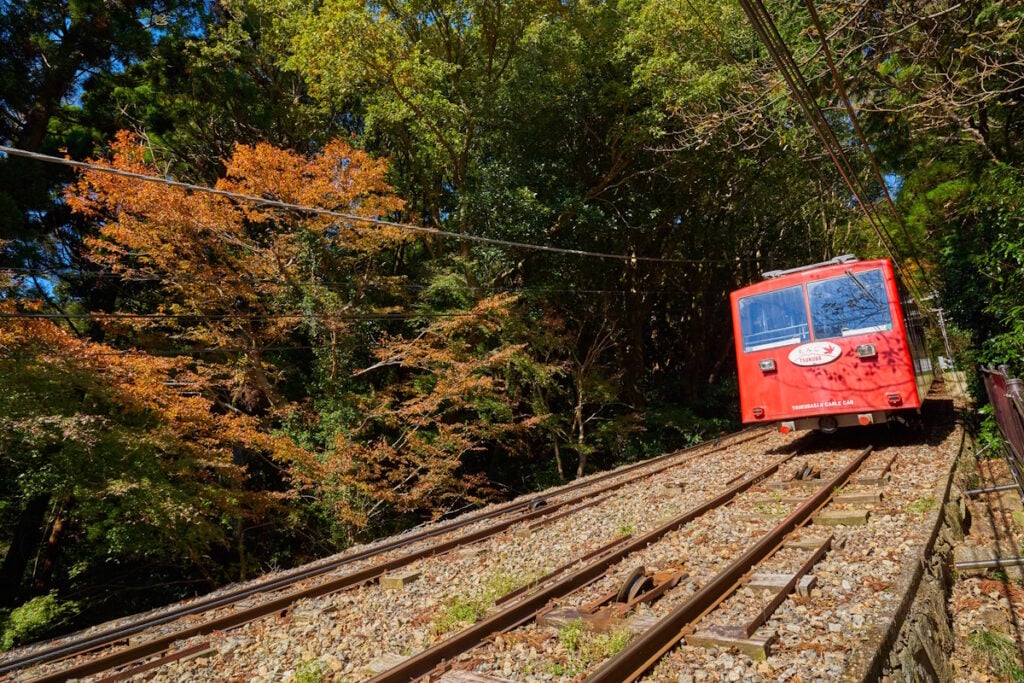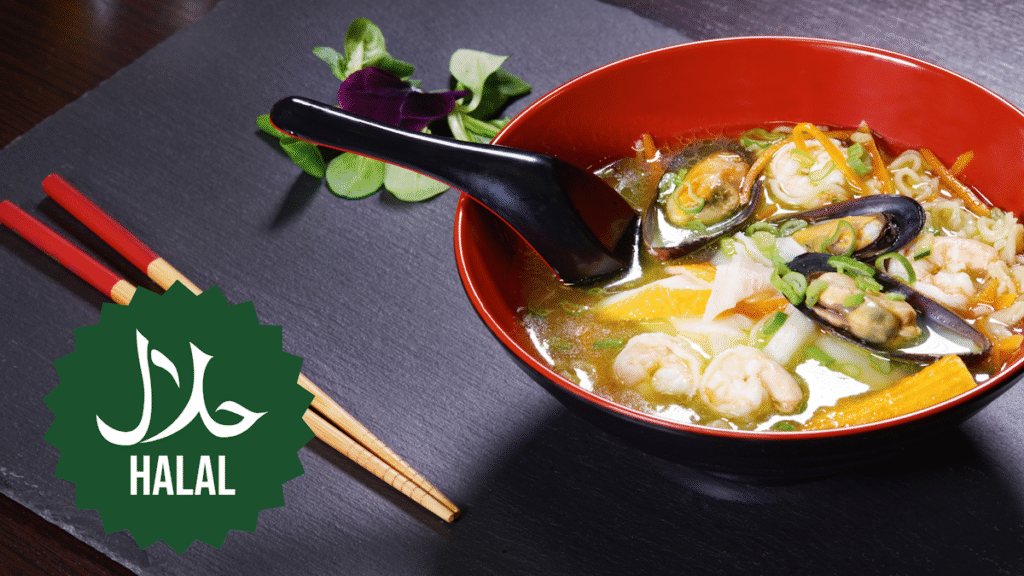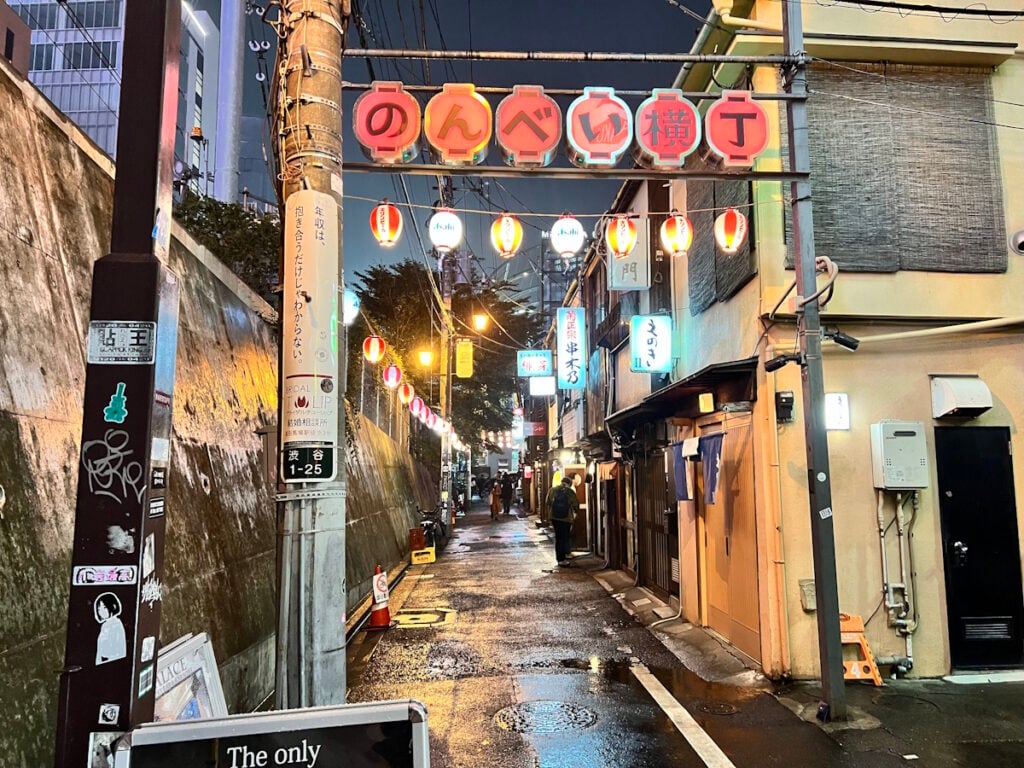Since the country reopened to tourists in 2022, Japan’s experienced an overwhelming surge of tourism to its major cities. However, according to a 2023 report from the Japan Tourism Agency, 11.5% of inbound tourists chose “nature and scenic sightseeing” as the main motivation for visiting Japan.
Outside of the major metropolises and iconic landmarks like Mt. Fuji are a dizzying wealth of beautiful nature spots. And, like elsewhere in the country, they’re seeing an unprecedented influx of tourists.
But which spots in particular are attracting the most inbound tourists? To find out, tourism company NAVITIME conducted a survey from July to October 2023 through its popular navigation app Japan Travel. They narrowed down the top three scenic spots by length of visit and nationality. Popularity was determined by tourists who spent 30 minutes or longer within a 1-kilometer grid of a particular spot.
Table of Contents
Toggle3. Mt. Moiwa

Rising from the center of Sapporo, Mt. Moiwa commands majestic panoramic views of the metropolis and the Sea of Japan. In the evenings, the mountain draws large crowds of visitors, especially Hong Kong and British tourists, who want to witness the sunset and dazzling city lights.
Visitors can hike either of the five main hiking trails through the lush Moiwa Primeval Forest to the summit. Alternatively, they can ride the ropeway up halfway before hopping on a mini cable car to finish the journey.
In Ainu, Moiwa means “small mountain” and went by the name Incarushupe, or “where [we] always go to keep watch.”

2. Sacred sites and pilgrimage routes in the Kii Mountains

The Kii mountain range covers three prefectures – Wakayama, Mie, and Nara – and numerous sacred sites and pilgrimage routes. Most of the UNESCO sites and routes are central to Shugendo, a combined Shinto and Buddhist sect practicing mountain worship. On the Kii Peninsula, the three Grand Shrines, collectively known as the Kumano Sanzan, welcomed weary pilgrims traveling the arduous Kumano Kodo.
As all roads lead to Rome, so do all pilgrimage routes lead to Kumano Hongu Taisha. The shrine is home to the world’s largest torii gate and a huge hit with Western tourists, according to NAVITIME.
Meanwhile, Chinese tourists flocked to Kumano Nachi Taisha. A camphor tree over a thousand years old presides over the grounds, and a 30-minute hike takes visitors to Nachi Falls, itself considered a god. In a rare display of religious camaraderie, the shrine adjoins nearby Seigantoji Temple.
Planning a trip to Japan? Get an authentic, interpreted experience from Unseen Japan Tours and see a side of the country others miss!

"Noah [at Unseen Japan] put together an itinerary that didn’t lock us in and we could travel at our own pace. In Tokyo, he guided us personally on a walking tour. Overall, he made our Japan trip an experience not to forget." - Kate and Simon S., Australia

See a side of Tokyo that other tourists can't. Book a tour with Unseen Japan Tours - we'll tailor your trip to your interests and guide you through experiences usually closed off to non-Japanese speakers.


Want more news and views from Japan? Donate $5/month ($60 one-time donation) to the Unseen Japan Journalism Fund to join Unseen Japan Insider. You'll get our Insider newsletter with more news and deep dives, a chance to get your burning Japan questions answered, and a voice in our future editorial direction.

Up north, tourists from America, Italy, and France flocked to the temple city Koyasan. Over 100 temples comprise Koyasan, and close to 50 offer overnight accommodations.
1. Kamikochi

Tucked in the mountains of western Nagano Prefecture, this highland valley is the representative alpine destination in the northern Japan Alps.
The two popular attractions, according to NAVITIME, are the Kappa Bridge and Taisho Pond. During peak season, Kappa Bridge is so packed with tourists that it earned the nickname “Ginza of Kamikochi.” Mt. Yakedake, an active volcano that last erupted in 1915, attracted many Western tourists who hit the trails for an easy one-day climbing trip.
The Kappa Bridge stretches over the clear waters of the Azusa River and offers spectacular mountain views upstream and downstream. Its original construction date is unknown, but it originally started life as a drawbridge before it was reconstructed into a suspension bridge in 1910.
It’s unclear how the bridge got its name. Did kappa, those humanoid creatures with turtle shells and depressions in their heads to hold water, once live in the river depths? Or did the bridge earn its name because people crossing the river with their clothes balanced on their heads resembled kappa? In any case, the bridge attracted newfound appreciation after novelist Akutagawa Ryunosuke featured both in his 1927 novel Kappa.
To the south stands Taisho Pond, first formed when lava flow from Mt. Yakedake dammed the Azusa River. Decaying trees stand tall above the waterline, and the park maintains the pond’s integrity through periodic dredging of sediment buildup. Undeniably a picture-perfect spot year-round, photographers also flock to the pond at night to capture the reflection of the Milky Way.

Responding to overtourism
Japan currently faces a reckoning with overtourism in the cities. Will that bleed over into its nature as well?
Because of the overwhelming crowds, many national parks in the United States now require timed-entry passes and reservations. Similarly, Shizuoka Prefecture has considered charging similar fees to access the Mt. Fuji trailheads. Will Japan be forced to do the same?
Discover the “unseen” side of Japan
Japan is on everyone’s travel bucket list. Sadly, many end up going to the same places as everyone else. That can turn what could have been a fun, once-in-a-lifetime experience into an exhausting battle with crowds.
Planning a trip to Japan? Get an authentic, interpreted experience from Unseen Japan Tours and see a side of the country others miss!

"Noah [at Unseen Japan] put together an itinerary that didn’t lock us in and we could travel at our own pace. In Tokyo, he guided us personally on a walking tour. Overall, he made our Japan trip an experience not to forget." - Kate and Simon S., Australia

See a side of Tokyo that other tourists can't. Book a tour with Unseen Japan Tours - we'll tailor your trip to your interests and guide you through experiences usually closed off to non-Japanese speakers.


Want more news and views from Japan? Donate $5/month ($60 one-time donation) to the Unseen Japan Journalism Fund to join Unseen Japan Insider. You'll get our Insider newsletter with more news and deep dives, a chance to get your burning Japan questions answered, and a voice in our future editorial direction.
We started Unseen Japan Tours for the same reason we started Unseen Japan: To give people a unique glimpse into Japan they can’t get anywhere else. Let us create a custom itinerary of hard-to-find spots centered on your interests. We can also serve as your guides and interpreters, taking you to places that non-Japanese-speaking tourists usually can’t access.
Contact us below to get the ball rolling today!
What to read next

Mount Tsukuba Cable Car Celebrates 100 Years With Renewed Tourism Campaign
The cable car’s operator has re-dedicated itself to handling an influx of new tourists while preserving the area’s natural beauty.

Halal Ramen in Tokyo: A Look at the Expanding Scene
Wanna enjoy one of Japan’s signature dishes but still stay halal? These five shops in Tokyo serve noodles without the pork and booze.

Tokyo’s Top 10 Drinking Neighborhoods – And Why Shibuya Doesn’t Make the Cut
Where do you go in Tokyo to grab some drinks and bond with friends? For many in the city, the answer is increasingly “not Shibuya.”
Sources
訪日外国人旅行者が訪れる 自然・景勝地を分析|プレすリース/おしらせ|ナビタイムジャパン. NAVITIME
藻岩山・札幌もいわ山ロープウェイ | 観光施設 | 観光スポット | ようこそさっぽろ. Sapporo Travel
紀伊山地の霊場と参詣道(ユネスコ世界文化遺産. Japan Travel
上高地公式ウェブサイト. Japan Alps Kamikochi

